Producers
-
Description:
Mike McCarron has always been a winter person. An avid cross–country skier for many years, coaching and teaching the sport in the U.S. and abroad, his love of Nordic skiing took him, naturally, to Scandinavia. It was in Iceland, at a traditional smørrebrød dinner given by Danish friends, that he was introduced to aquavit, flavored with dill. He was inspired by how the spirit did not dominate, but calmly enhanced the food and pleasant conversation. It added a quiet elegance without being showy.
He returned to Minnesota to find that dill aquavit wasn’t to be found stateside. When years went by and dill aquavit did not appear on the shelves, he decided to take action. With a well–balanced, flavorful recipe for dill aquavit in hand, he contacted a local micro–distillery (45th Parallel) and created Gamle Ode (old ode).
Image: Region:
Region: -
Description:
Gen del Alma began in 2011 when five wine loving friends planted a 7 hectare vineyard in Gualtallary at 1400 meters above sea level on alluvial soils composed of calcium carbonate and granite. The group began making wine in a small winery built in 1952 in the town of Tupungato where they work with concrete vats, concrete eggs and amphorae made from local sand and stone. Matias Prieto farms the vineyards and makes the wines. His pioneering work helped start a trend in Argentina towards fresher and more high toned wines. Fun, light, and bright, we work with an unfiltered Chenin Blanc that comes from Villa Seca, in Tunuyan, as well as a red wine, a blend of Pinot Noir and Malbec that is carbonic macerated, and comes from the estate vineyards in Gualtallary.
This profile and tasting notes were edited from the Brazos Wine website, along with the pictures used. For more information please visit: Brazos
Image: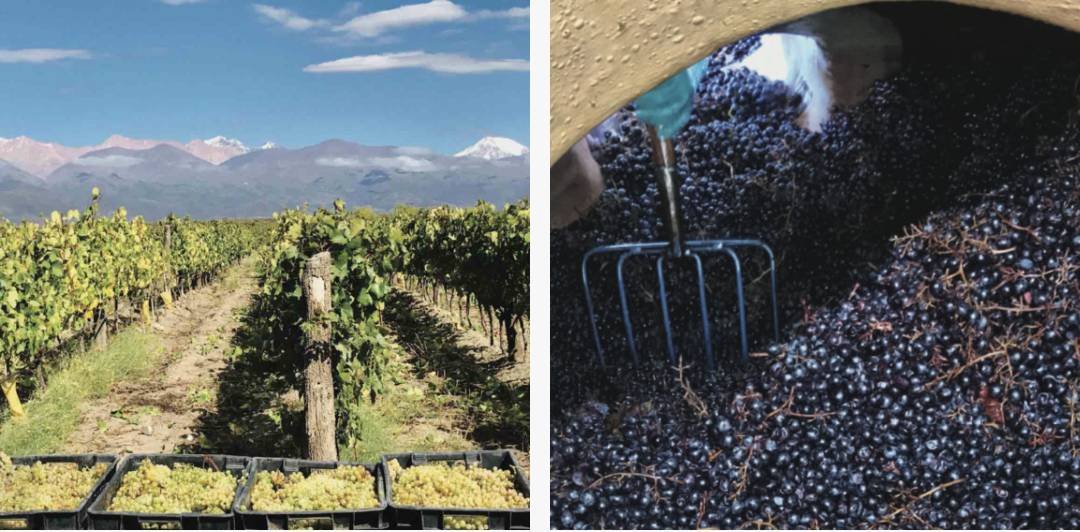 Region:
Region: -
Description:
Casa Aurora is German Blanco's homage to his great-grandmother, one of the first female miners in Spain, who raised him in Albares de la Ribera, a small village in Leon.
Here, in a tiny hamlet just outside the Bierzo DO, German makes pure wines from micro-vineyards that dot the landscape, and are usually planted with very old vines of a variety of different grapes: Palomino, Mencia, Tintorera, Merenzao, Godello, Garnacha... The high-altitude and the iron-rich clay soils of the area gives these mountain wines a great balance between a soft mouthfeel and firm tannins. There is also a fair amount of granitic rocks in the terroir, and these are probably responsible for the floral, distinctive aromas of the wines.
His line-up consists of a few single-vineyard labeled wines, as well as regional ones, and the production - under 10.000 bottles - comes from a mix of purchased fruit as well as from owned vineyards. He farms organically and the wines, made in a tiny cellar as charming as his labels, are made from spontaneous fermentations in a variety of vessels, including amphorae, old foudres, and tanks.
For more about this talented winemaker, visit the Quinta Milú and La Bicicleta Voldadora pages.
BOWLER E-Zine Issue 1 | Q4 2020: Germán Blanco (Milú, Bicicleta) on his Bierzo Winery, Casa Aurora
Image: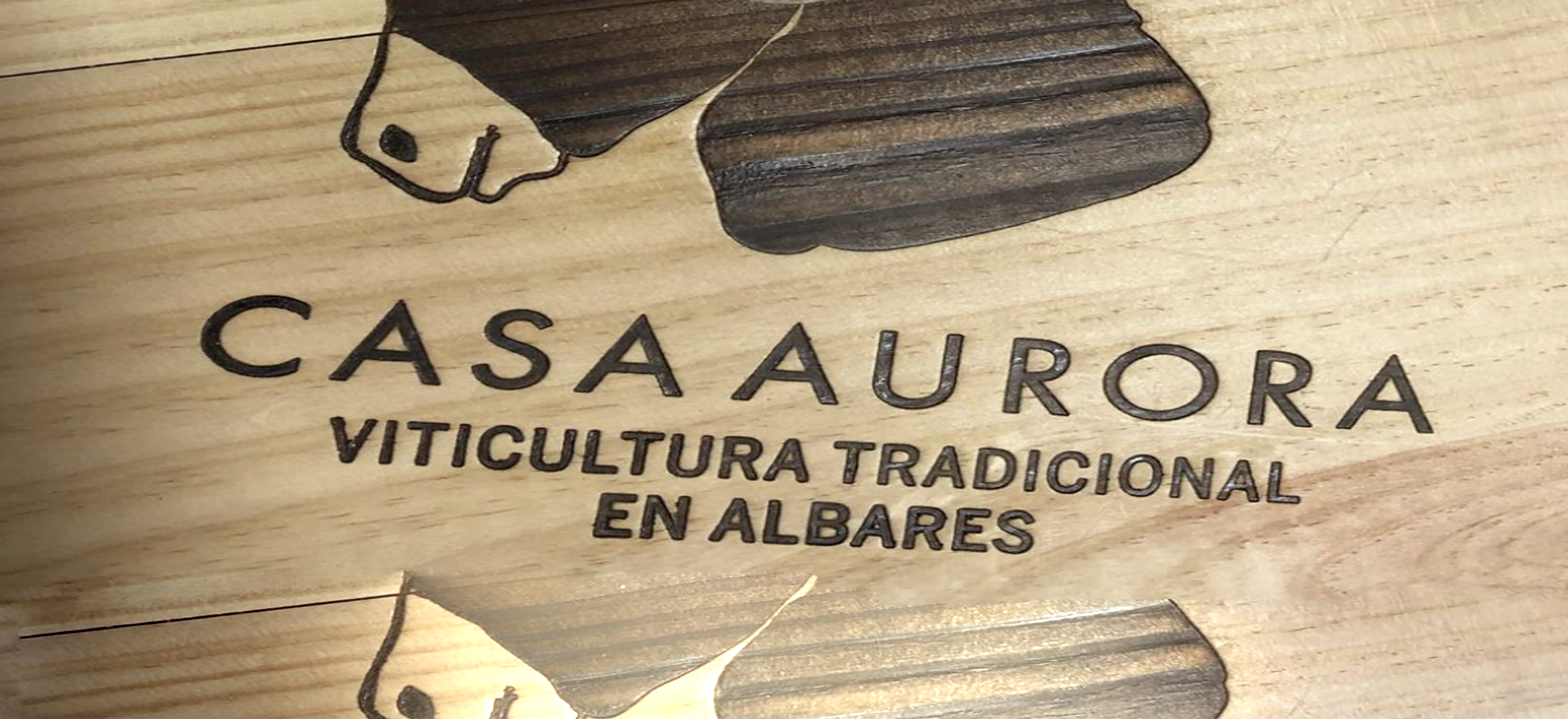 Region:
Region: -
Description:
La Bicicleta Voladora is German Blanco's (Casa Aurora and Quinta Milu) project in Rioja Oriental, from grapes grown in Navarra. He rents the vineyard and makes the wines at the winery from a longtime friend and vigneron from the area. The grapes are organically certified, and the wines are uncomplicated, made to be drunk young.
Please visit our Quinta Milú page for more wine by Germàn. He also produces wines from high-altitude vines in Bierzo; for more information, visit our Casa Aurora page.
BOWLER E-Zine Issue 1 | Q4 2020: Germán Blanco (Milú, Bicicleta) on his Bierzo Winery, Casa Aurora
Image: Region:
Region: -
Description:
Quinta Milu is Germán R. Blanco's operation in the small town of La Aguilera is a "micro winery". He eschews modern winemaking techniques and international varieties working with old Tempranillo vines. He makes "vinos de pueblo", blended wines from different vineyards from villages in the area, as well as vinos de parcela, sourced from single-vineyards, and parcel-specific. There is no new oak in the winery, Germán uses concrete, amphorae, and old barrels. Quinta Milú is named for Germán's son Lucas whom they lovingly refer to as "Mi Lu" or Milú.
Please visit our La Bicicleta Voldadora page for more wine by Germàn. Germán also produces a very small amount of wines from high-altitude vines in Bierzo; visit our Casa Aurora page.
BOWLER E-Zine Issue 1 | Q4 2020: Germán Blanco (Milú, Bicicleta) on his Bierzo Winery, Casa Aurora
Image: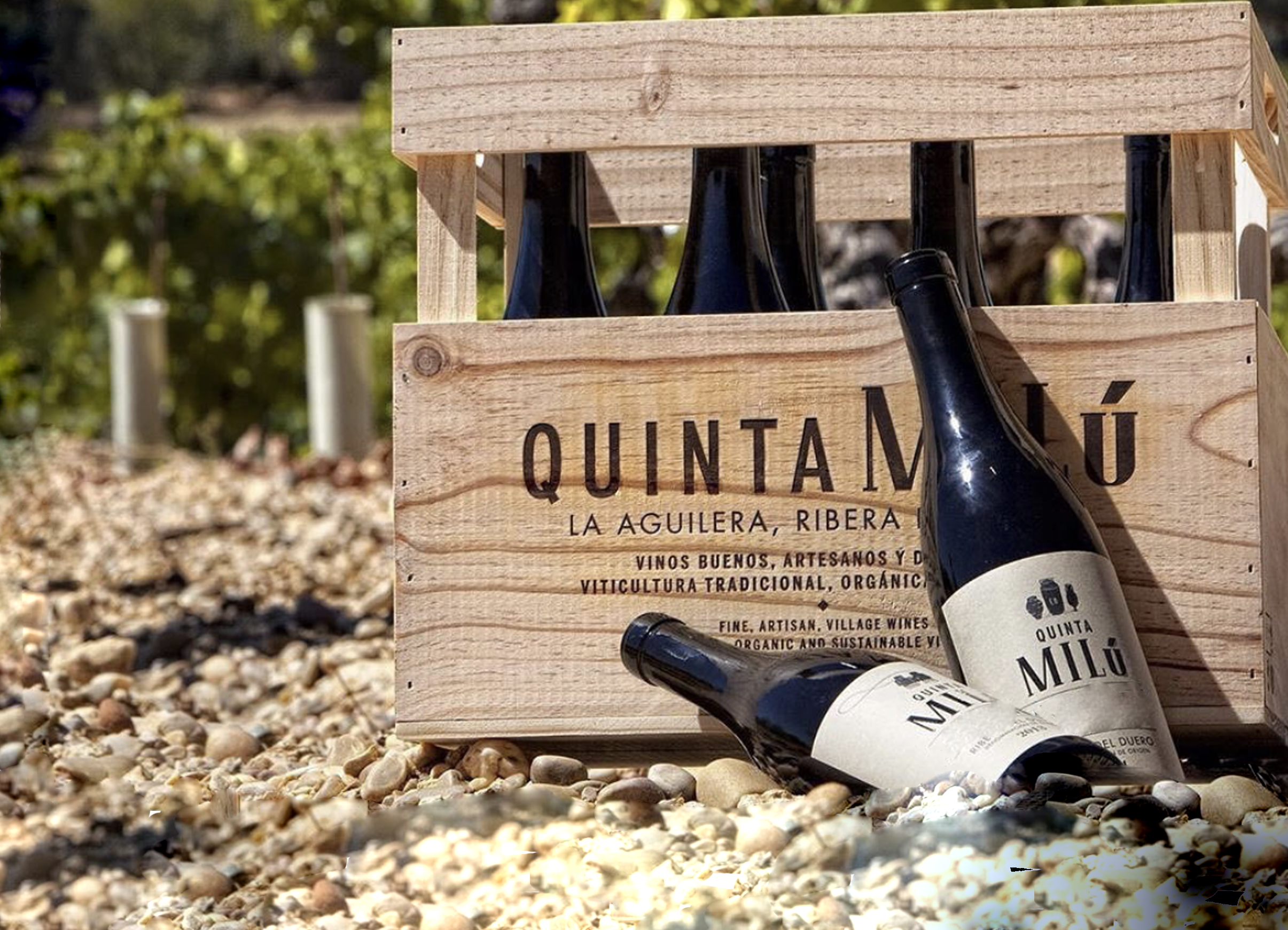 Region:
Region: -
Description:Image:
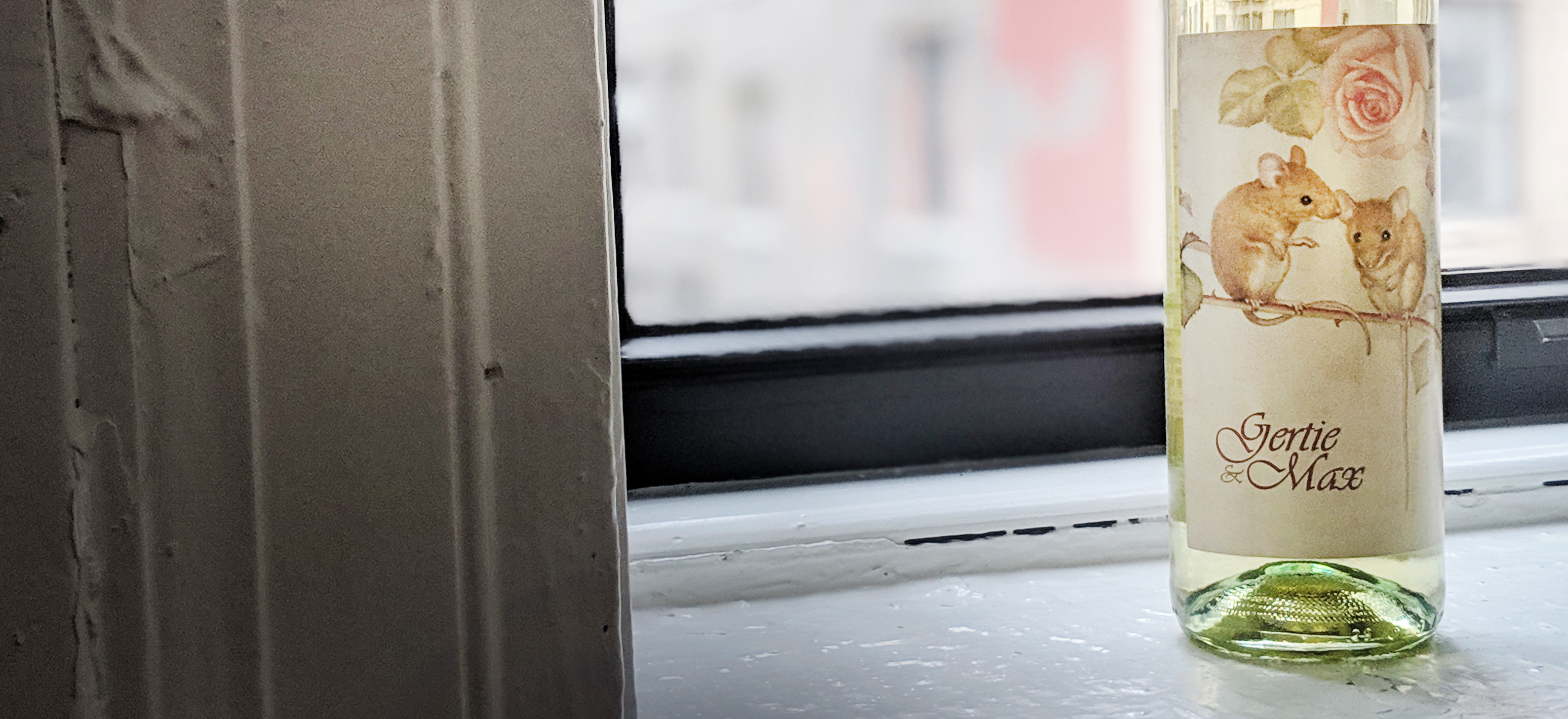 Region:
Region: -
Description:
The Gilles Brisson estate has been family owned and run for 4 generations. Located in Châteaubernard, the cradle of the Grande Champagne appellation, 2 miles away from the city of Cognac, the estate owns 65 hectares in total, 25 of which are planted to Ugni-Blanc for Cognac production; this is quite a lot for an independently run Grande Champagne estate. Cyril Brisson has run the estate since 1989, having learned the arts of distillation and aging under the attentive eye of his father. In turn, Cyril’s young son Alexis is already learning from his father to keep and follow the family tradition. Little has changed in how the cognacs here are made over the last century. The estate uses only their own fruit. Grapes are harvested in mid-October, and are vinified before undergoing a careful distillation from Oct. 15th to Jan. 15th. Only the coeur de chauffe- the finest cut of the newly distilled spirit- is put into cask, where it ages in the estate’s cellar far longer than legislation requires. This additional aging time is a must for these cognacs: the refined and precise aromatic expression (floral, dry vine shoots, lime tree, etc.,) develops intense aromas, and more fruitiness, with a longer time in barrel. Gilles Brisson labels their cognac under the prestigious and rare Grande Champagne Appellation, “1er Cru de Cognac”.
Image: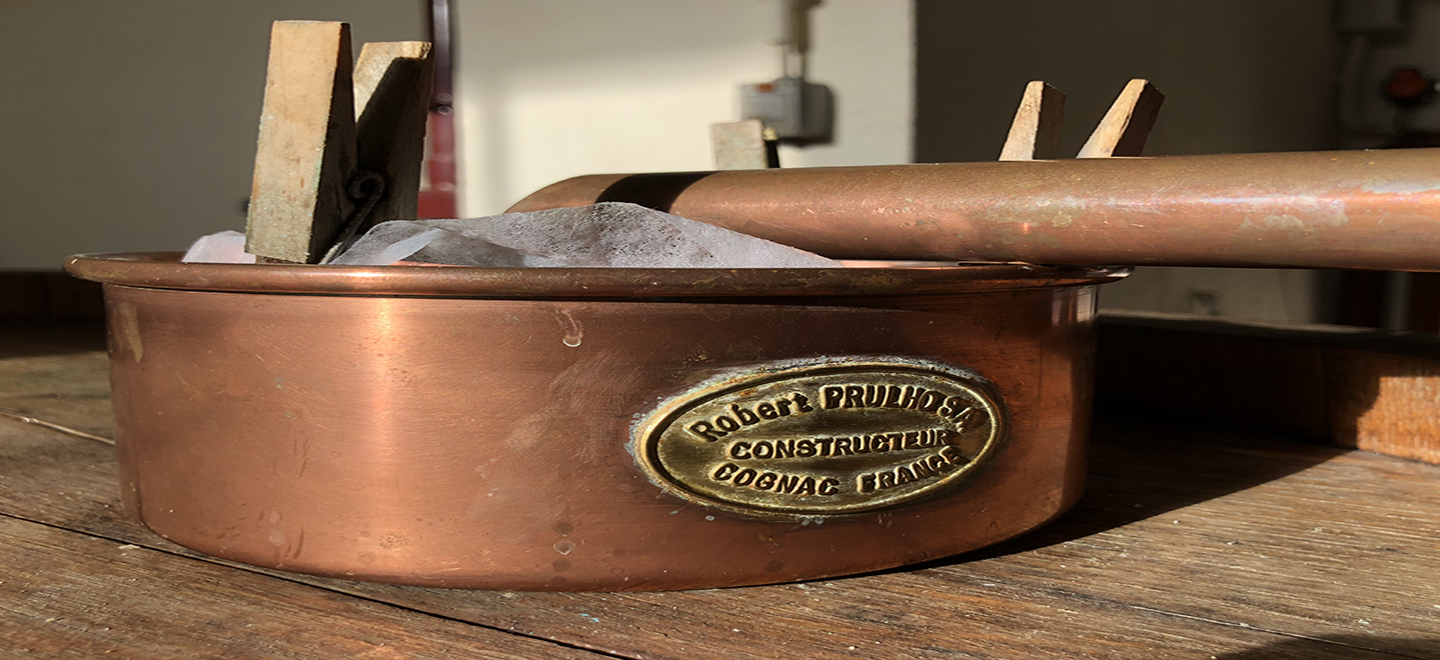 Region:
Region: -
Description:
For more information on Gilvesy, please visit Selection Massale.
Available in California.
Image: Region:
Region: -
Description:
Coto de Gomariz is named after the village where the winery and most of its vineyards are situated, within a hilly area of Ribeiro, in Galicia. This part of region has always been known as the Golden Mile of Ribeiro, for the exceptional quality of its vineyards, and the word 'Gomariz' means 'branches of vines'. The estate has existed for centuries, and today is owned by the Carreiro family, that has been in Gomariz for generations. Operations and winemaking are led by Inma Pazos, an incredibly dynamic and energetic woman who has worked with the terroir in the region for decades.
At first Gomariz only grew grapes and sold them in bulk, but in the 80’s the family started to bottle wines under their own label, and today Gomariz is one of the most significative wineries in the area. The agriculture used in their 32 hectares is organic, with many plots worked biodynamically. Inma tells us that the “soils of Gomariz and the Valley of the River Avia tell the story of the Geology of Galicia, since we have three of its main soils: the granitic sandy plots are a result of the erosion of millions of years of the granitic bowls. The wines they produce are light, fresh and extraordinarily aromatic; the schist plots come from metamorphic from the Paleozoic period. They are a hard soil, and the plants generally produce less here, and the wines have a more mineral aspect; and finally, the clay parts, from where we get wines with more mouthfeel and structure.”They work with the traditional varieties from the region, Treixadura, Albarino and Godello for whites, and Souzon and Brancellao for the reds.. The winery produces around 10,000 cases from nine wines with 'The Flower and the Bee' making up the bulk of their production. They are unoaked, fermented naturally and bottled without filtration. We love them for their fresh, fruity and mineral profiles.
Image: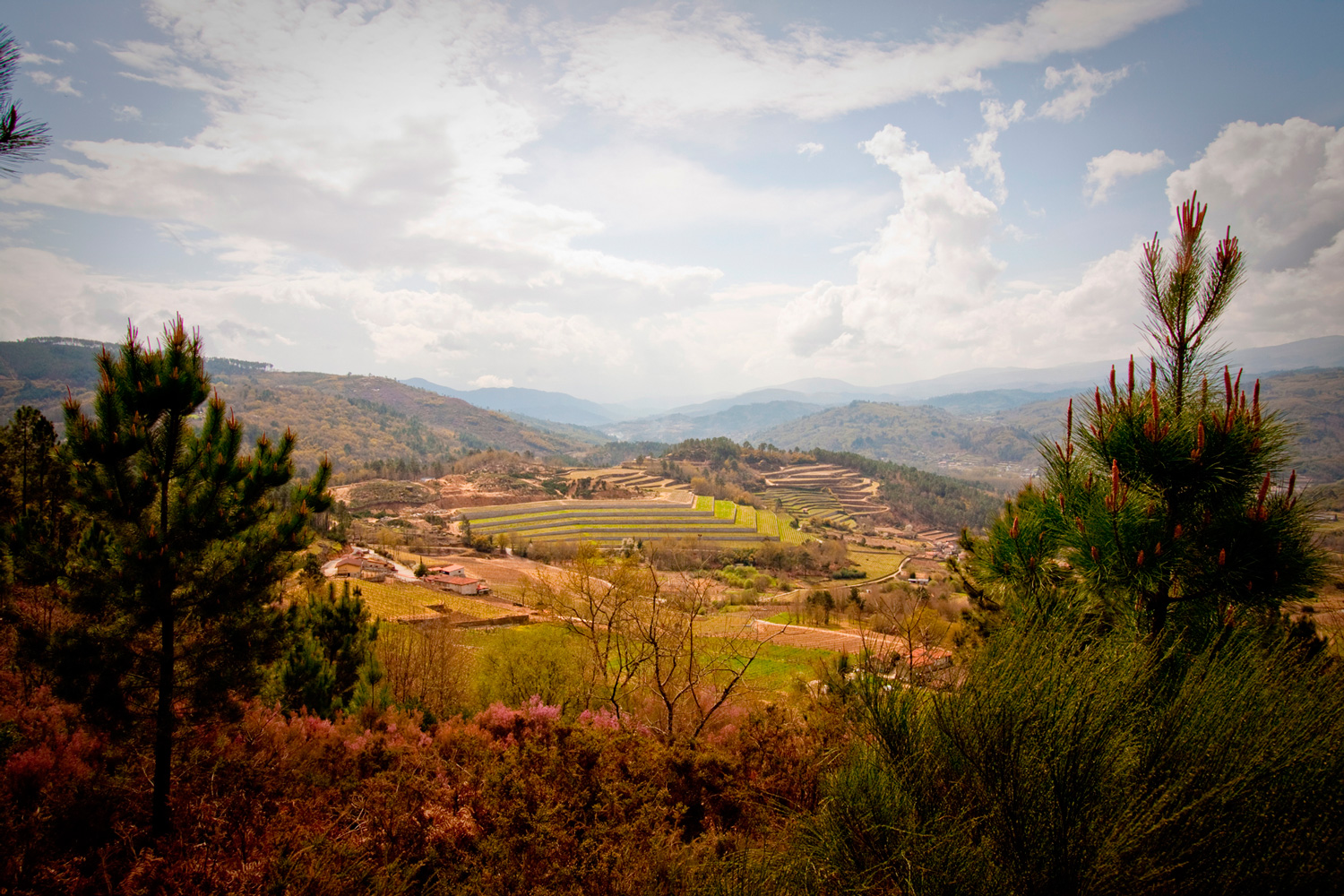 Region:
Region: -
Description:
González Bastías is a town, and a small, family owned winery in western Maule owned and operated by Jose Luís Bastías and Daniela Lorenzo.
Jose’s family planted their 4 hectare vineyard in the early 1800’s and they have been cultivating it ever since. Visiting this vineyard is like travelling back in time: to reach it, you must cross the Maule River by canoe from the local train station between Talca and Constitucion. Jose farms and vinifies biodynamically and without the use of machines; the soil is a mixture of sand and gravel. All the fruit is pressed by hand over bamboo zarandas into open top cement vats; the wines are then aged in either barrels or amphora. All made without manipulation and without the addition of sulfur.
The wines from this unique property are some of the most unique expressions in Chile and are remnants of Chilean ancestry, which is in danger of extinction.
This profile and tasting notes were edited from the Brazos Wine website, along with the pictures used. For more information please visit: Brazos
Image: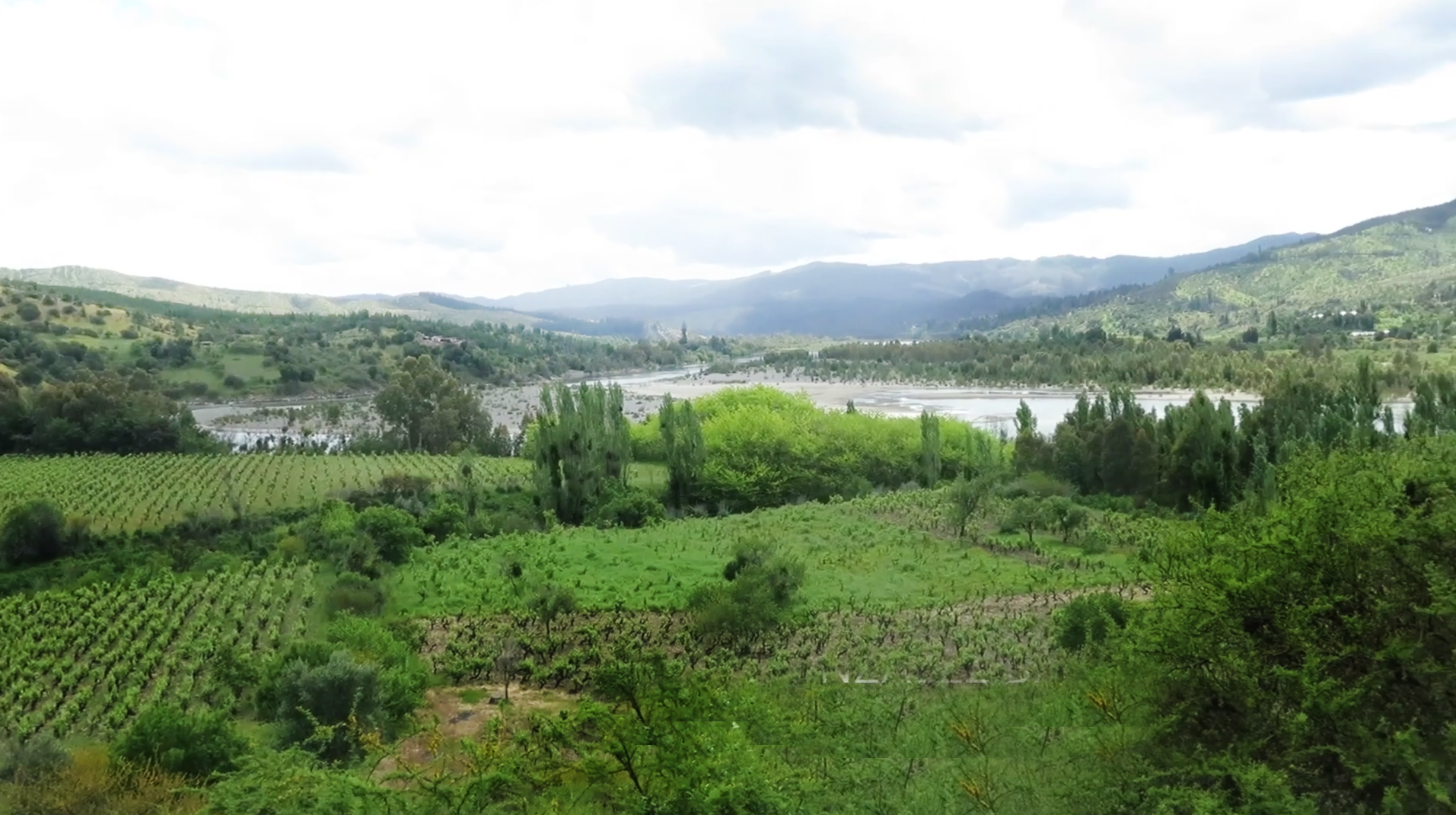 Region:
Region:
